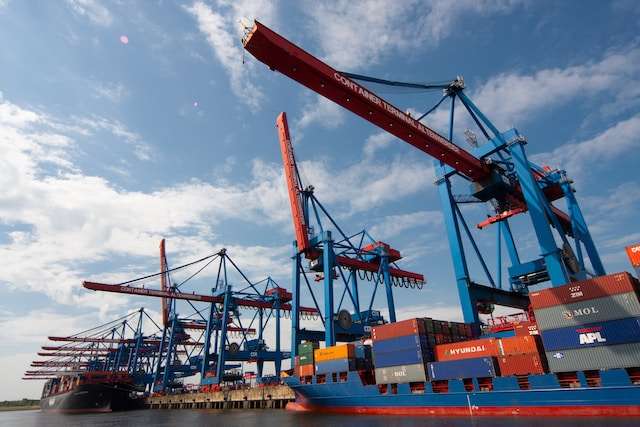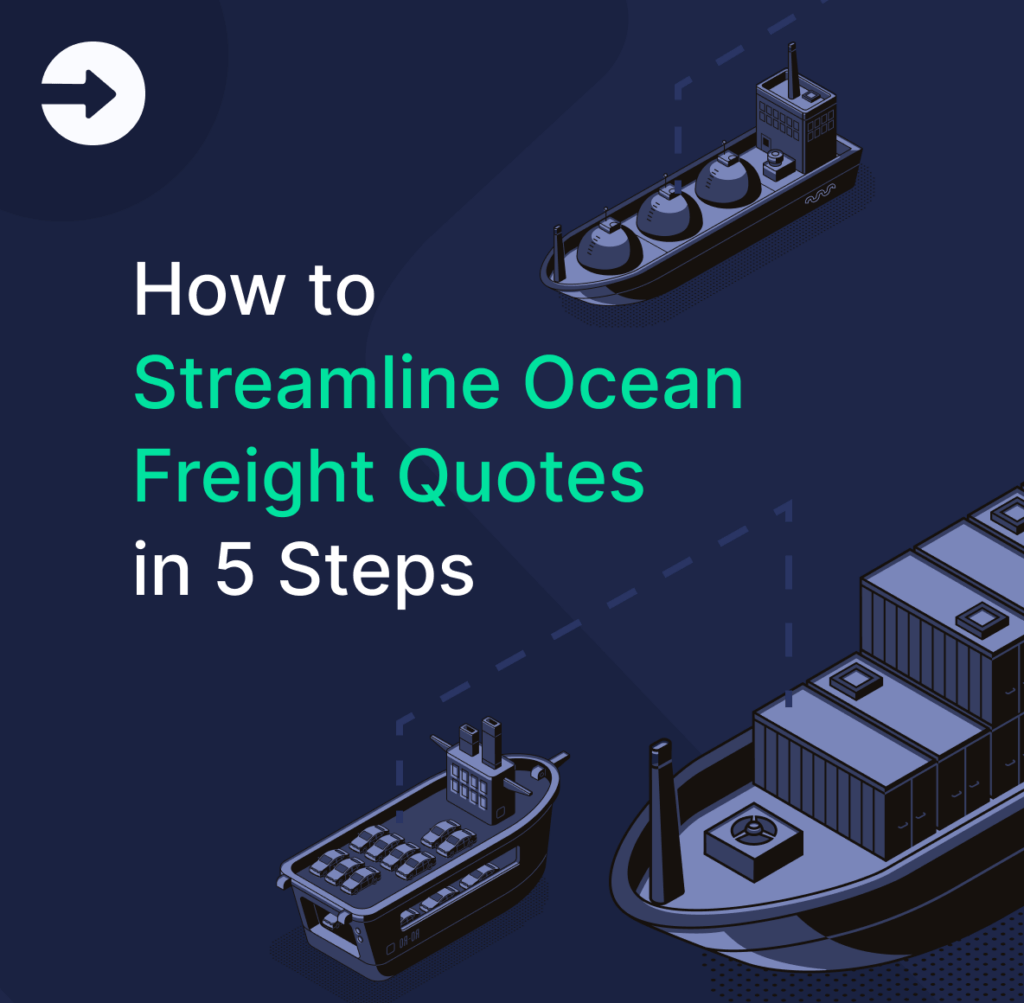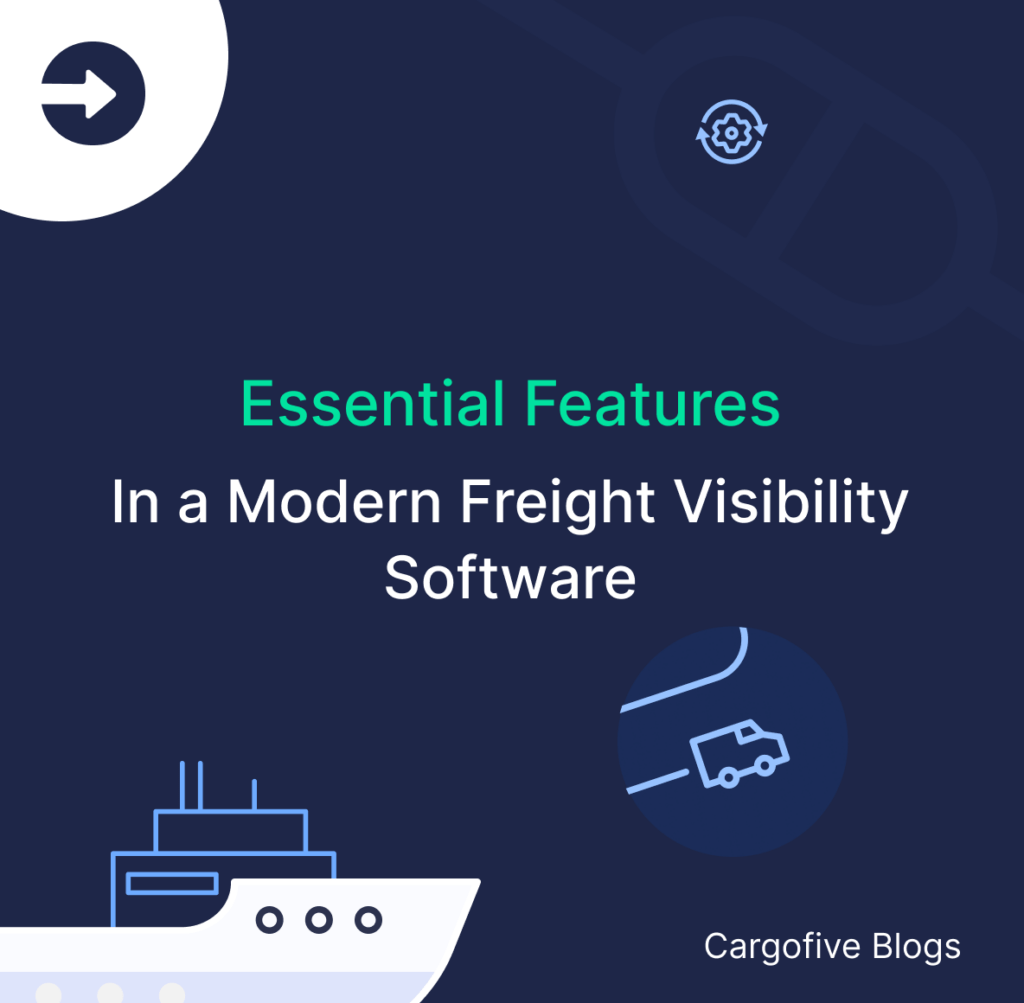
Cross-border e-commerce has exploded in recent years, as consumers around the world increasingly turn to online shopping to purchase goods from retailers located in other countries. This growth has created a significant opportunity for freight forwarders, who play a crucial role in managing the logistics of international shipments and ensuring that products reach their destination in a timely and cost-effective manner.
To optimize their business and capitalize on the growth in cross-border e-commerce, freight forwarders can utilize various strategies such as specializing in cross-border e-commerce logistics, building partnerships with e-commerce platforms and retailers, utilizing technology, offering value-added services, and expanding their global network.
Read this article for further information on the 2023’s industry forecast
Freight rates, container shipping and sea rates on cross-border e-commerce shipments
One important factor that freight forwarders must consider is freight rates, as they have a significant impact on the cost-effectiveness of cross-border e-commerce shipments. By staying up to date with the latest freight rates, freight forwarders can offer competitive pricing to their customers and maintain profitability.
Container shipping is another important aspect to consider, as it is a popular mode of transportation for cross-border e-commerce shipments. Freight forwarders can leverage container shipping to reduce transportation costs and offer more efficient delivery times to their customers. By optimizing container shipping routes and utilizing advanced tracking systems, freight forwarders can ensure that products are delivered in a timely and secure manner.
Sea rates are also an important consideration for freight forwarders. As cross-border e-commerce shipments typically involve long distances, sea freight is often the most cost-effective mode of transportation. By utilizing sea freight and optimizing sea rates, freight forwarders can offer competitive pricing to their customers and increase their revenue.

Value-added services on the freight forwarder services
In addition to freight rates, container shipping, and sea rates, freight forwarders can also offer value-added services such as packaging, labeling, and inventory management to differentiate themselves from their competitors. These services can help customers save time and reduce their overall logistics costs, while also helping freight forwarders increase their revenue and build long-term relationships with their customers.
By utilizing technology such as real-time tracking systems and optimizing logistics operations, freight forwarders can also improve their efficiency and offer faster and more reliable delivery times to their customers. This can help them stand out in a crowded and competitive marketplace and position themselves as a reliable and trusted partner for cross-border e-commerce logistics.
To know what are the costs of avoiding digitalization for a freight forwarder’s business, click here
Evolution and expantion for the freight forwarder business
Finally, expanding their global network by establishing partnerships with other freight forwarders in different countries can help freight forwarders increase their reach and capabilities. By offering end-to-end logistics solutions for cross-border e-commerce shipments, freight forwarders can provide more competitive pricing to their customers and reduce their overall logistics costs.
Considering factors such as freight rates, container shipping, and sea rates, and utilizing strategies such as offering value-added services, utilizing technology, and expanding their global network, freight forwarders can optimize their business and capitalize on the growth in cross-border e-commerce. As the logistics industry continues to evolve and expand, freight forwarders must remain flexible and adaptable to stay ahead of the competition and provide the best possible service to their customers.
AUTHOR



